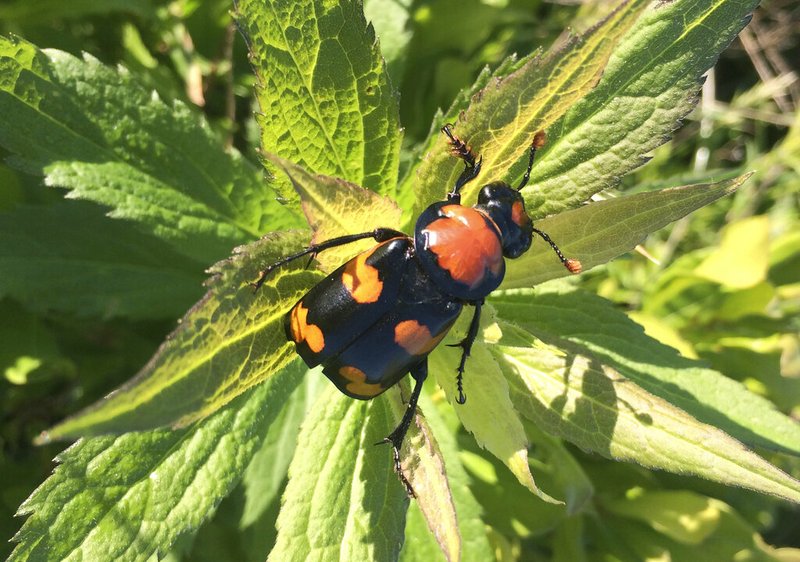OKLAHOMA CITY -- U.S. wildlife officials say an endangered carnivorous beetle is making a comeback and should be downlisted to threatened.
The American burying beetle was once found in 35 states and three Canadian provinces. When it was listed as endangered in 1989, it was only in eastern Oklahoma and Block Island off the cost of Rhode Island.
Amy Leuders is the U.S. Fish and Wildlife Services' southwest regional director. She said Wednesday that conservation efforts over the past 30 years have helped the beetle recover. Leuders says populations now can also be found in Arkansas, Kansas, Missouri, Nebraska, South Dakota, Texas, and on Nantucket Island off the coast of Massachusetts.
The large, nocturnal beetle eats decaying animals. It's active only in the summer and lays its eggs beside small carcasses that it buries.
NW News on 05/02/2019

